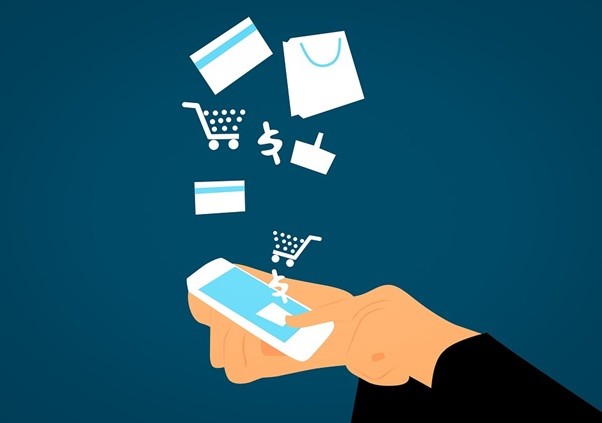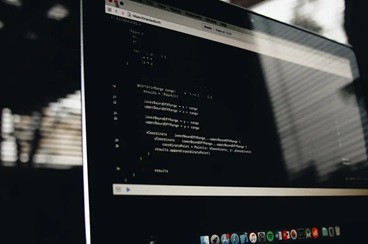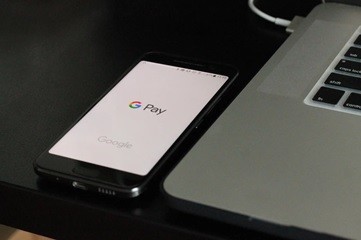Integrate Apple Pay on your Mobile App

How to integrate Apple Pay: As we’ve covered in a previous article, Apple Pay is a contactless payment method to make payments at point-of-sales (POS) terminals or for use in in-app purchases. It is secure and simple to use and can be beneficial both for customers and businesses. We’ve discussed how it works for customers, talked about its safety elements, and made a general review of how to add it to your mobile app. Today, we’d like to answer a few more specific questions you may have as a developer interested in adding Apple Pay to your mobile app.
What do I actually need to start using and integrate Apple Pay?

Apple’s website explains everything you need in detail, but you will basically need to do the following in order to integrate Apple Pay to your mobile app:
- Comply with Apple’s guidelines (both for the App Store and acceptable use of Apple Pay).
- Make sure you are working with a payment provider that supports this method. You can get a full list here.
- Get a merchant ID to register with Apple. You can take a look at exactly how to do it here.
- Obtain a Payment Processing certificate in order to secure transaction data.
- Enable Apple Pay in Xcode.
You can also configure Apple Pay for the web and, of course, you can check out the requirements for merchants as well if you also happen to have a physical store. Finally, you’d be happy to know Apple does not charge for payments.
How do I market Apple Pay?
Apple provides you with an array of ways to use this payment method in your marketing, as well as the Apple Pay mark for you to add. Keep in mind that they are very clear on the dos and don’ts when it comes to advertising Apple Pay, so we advise you to read carefully through the information they provide.
What are the tools Apple offers to set up and test it?

- Sandbox testing: Apple offers sandbox testing in order to test and integrate Apple Pay’s implementation offline. At present, it only supports testing for a handful of countries but these include the United States, Spain, China, and Japan, among others. In order to run it, you will need an iPhone 6 or later model, or an iPad mini 3 or later model (among some other devices), a tester account, and supported credentials. You can find more information here.
- TestFlight and App Store Connect: though more general, these tools play a role in the implementation and marketing of Apple Pay. TestFlight allows you to invite people to beta test your mobile app and collect feedback to help you test the full user experience, while App Store Connect will allow you to upload and manage your apps on the web or iOS. In addition to being able to create a product page and add in-app purchases, you can also invite users to test your mobile app with TestFlight through App Store Connect.
Are there any other similar options for Android?

Back in 2015, Samsung launched Samsung Pay and Google launched Android Pay, which turned into Google Pay at the beginning of 2018. All three payment methods run on the same idea and have similar implementation. Moreover, each of them only runs in their respective line of products (Apple Pay on these iOS devices, Google Pay in these Android devices and Samsung on select Samsung devices). However, the main difference is that Google Pay uses host-based card emulation (HCE) instead of a Secure Element.
As you can see, Apple has been very thorough regarding information and tools for the use and implementation of Apple Pay. If you have any further questions, they also offer a variety of resources, from videos to guidelines and guides to integrate Apple Pay. Meanwhile, on the other end of the spectrum, you have similar options if you wish to provide contactless payment for your users on their Android devices as well.





